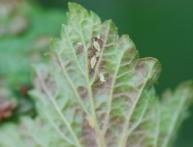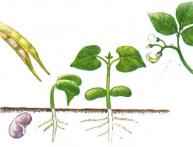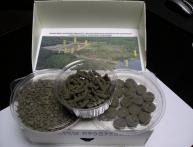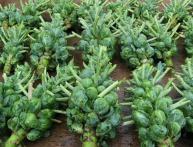Growing Chinese Schisandra

Schisandra chinensis is a deciduous climbing vine with valuable properties and edible berries. The length of the vines reaches 10 meters. In the absence of supports, lemongrass takes on a bush-like shape and does not climb.
Growing Chinese lemongrass needs to be done in partial shade. In sunny and heavily shaded places, Chinese magnolia vine develops, grows and bears fruit poorly. Schisandra prefers medium and light loams, it does not tolerate high groundwater levels. The plant is planted in the spring, in April - early May. When planting, the root collar is buried five centimeters. Schisandra does not tolerate transplantation very well; it suffers from the slightest drying of the roots. Schisandra after planting water and shade for two to three weeks.
Growing Chinese Schisandra must include permanent weed control, since they have a detrimental effect on the growth of lemongrass. Lemongrass loves deeply cultivated and loose soils. Pruning done in autumn and summer; pruning in spring weakens the plant.
Schisandra chinensis multiplies root shoots, seeds, layering. Spring sowing is used. The seeds are first stratified. Only next spring can lemongrass be planted in the garden. At first it grows very slowly, but in the third year the lemongrass begins to bush and forms a developed root system.
Schisandra chinensis is used in medicine as a strengthening and stimulating agent for mental and physical fatigue, depressive syndromes, for the prevention of influenza and acute respiratory infections, and for neurasthenia.








